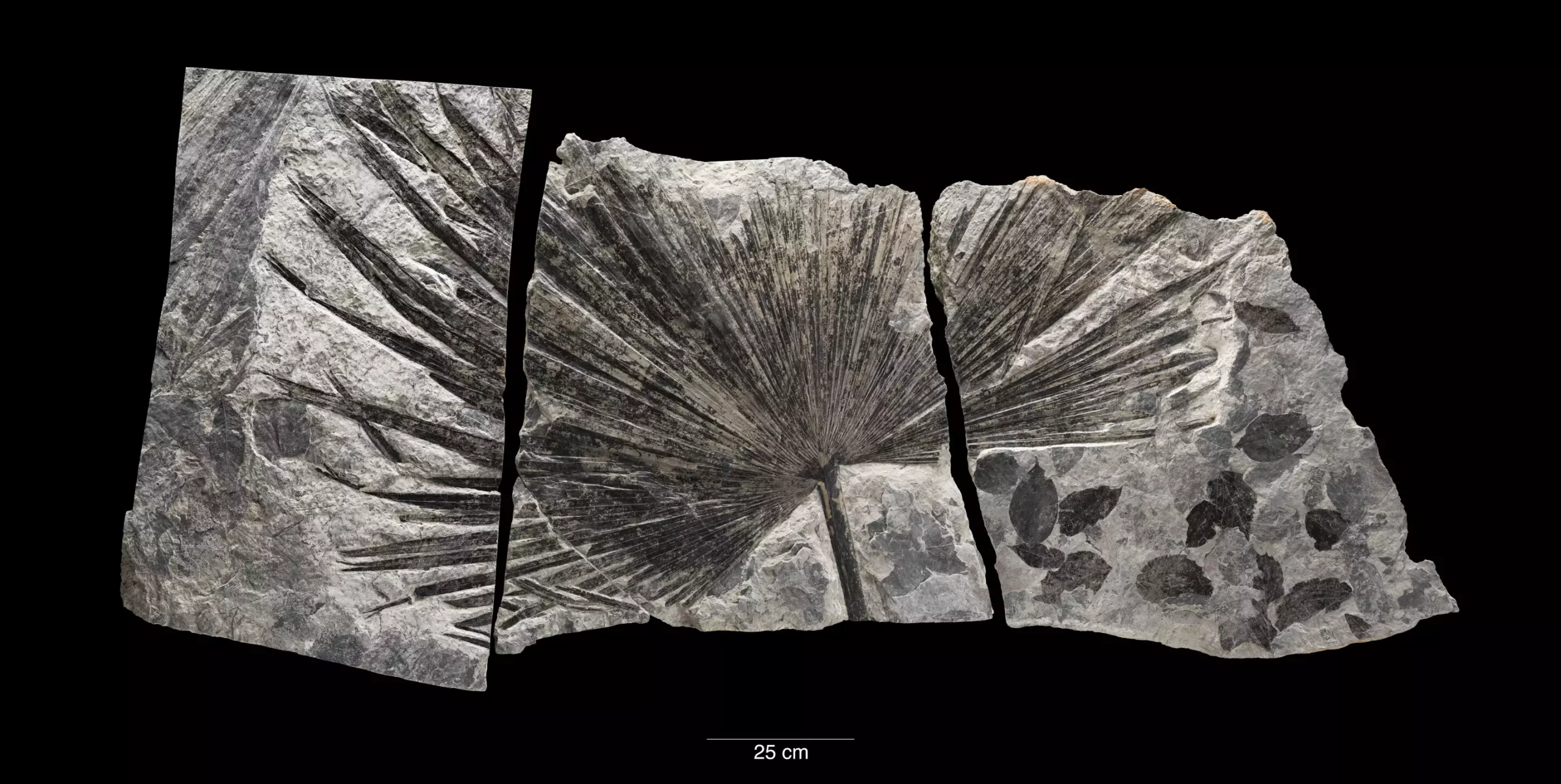A recent collaborative study orchestrated by the Smithsonian Institution and the University of Arizona has unveiled unprecedented insights into Earth’s climatic history spanning approximately 485 million years. This research, published on September 19 in the esteemed journal Science, led by paleobiologists Scott Wing and Brian Huber, dissects the variation in global mean surface temperature (GMST) throughout the Phanerozoic Eon—a timeline that not only marks the emergence of diverse life forms but is also characterized by significant climatic shifts and multiple extinctions.
Utilizing an innovative technique known as data assimilation, the research team has constructed a temperature curve that challenges longstanding assumptions about the stability of the Earth’s climate. This analytic framework, originally honed for meteorological forecasts, has been ingeniously repurposed to assess historical climate data. Emily Judd, the paper’s lead author, emphasizes this novel use: employing modern technological advancements to “hindcast” climatic conditions rather than predict them.
The findings from this study elucidate a more dynamic and fluctuating temperature profile over the Phanerozoic than previously established. The researchers documented that GMST varied between 52 and 97 degrees Fahrenheit (11–36 degrees Celsius), signaling that the Earth has experienced both extreme heat and cooler periods throughout its history. Such analysis is foundational for contextualizing contemporary climate discourse, given the present-day trajectory of global warming induced by human activity.
Critically, the research underlines the direct relationship between atmospheric carbon dioxide levels and global temperatures across geological timelines. Jessica Tierney, a paleoclimatologist and co-author, succinctly summarizes this correlation, noting that when CO2 levels plummet, the Earth experiences cooler conditions, whereas elevated CO2 corresponds to warmer climates.
The current GMST of 59 degrees Fahrenheit (15 degrees Celsius) is placed in stark contrast with historical data, indicating that today’s climate is still cooler compared to several warm intervals in Earth’s geological past. However, the rapid pace of global warming attributable to anthropogenic factors significantly exceeds even the swiftest climatic changes of the past, thus imperiling numerous ecosystems and increasing sea levels at alarming rates.
The implications of this study cannot be overstressed. Wing emphasizes the necessity of understanding ancient climates to garner insights into future conditions. He elucidates that examining recent climatic history is insufficient for predicting future scenarios, urging a broader temporal view that reaches back millions of years—specifically to periods of profound warmth—to enhance our comprehension of potential future climate trajectories.
Interestingly, this extensive research stems from efforts initiated in 2018, aimed at enriching the Smithsonian’s exhibits detailing fossil records in relation to climatic changes. Among the exhibited specimens are fossilized palm fronds from Alaska, which serve as tangible evidence of warmer epochs previously unimagined within current climatic paradigms.
The undertaking to synthesize a cohesive temperature curve faces inherent challenges, notably the incomplete fossil record, which often provides isolated glimpses rather than comprehensive global snapshots. Judd likens this effort to assembling a puzzle with only a few pieces—with each fossil serving as a fragment of the broader climate picture.
To produce a coherent temperature curve across geological epochs, the research team embarked on the PhanTASTIC (Phanerozoic Technique Averaged Surface Temperature Integrated Curve) Project. The initiative represented a collaborative endeavor, culminating in the integration of 150,000 data points derived from fossil geochemistry, coupled with over 850 climate model simulations generated at the University of Bristol.
While this study stands as one of the most comprehensive analyses of climate fluctuation thus far, it is far from a final product. Huber suggests that continuous research will unearth new insights, allowing for vital revisions to the current temperature curve as scientists deepen their understanding of the planet’s complex climate history.
In conjunction with Judd, Tierney, Wing, and Huber, this monumental research also features contributions from experts across various institutions, illustrating the collaborative spirit essential to advancing our understanding of Earth’s ancient climates. This investigation not only establishes a foundation for future climate science but also emphasizes the urgency of addressing today’s climate crisis through informed understanding derived from the past.
As our planet grapples with pressing environmental challenges, these insights could provide essential context, helping society navigate the intricate landscape of climate change and its implications for life on Earth. The journey toward understanding our climatic past is ongoing, yet the revelations gleaned thus far are crucial in shaping a sustainable future.

